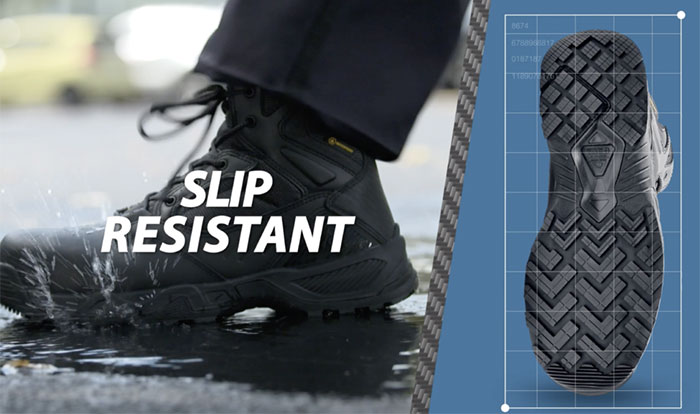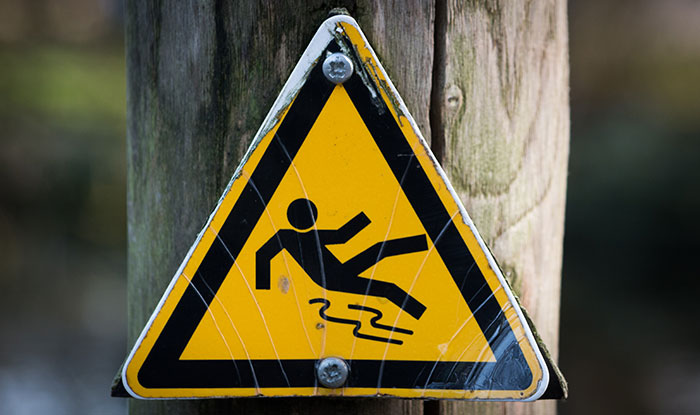What are EH-rated shoes?
Slip-resistant shoes are critical for the safety of workers in a variety of careers. In restaurant kitchens, industrial production lines, school cafeterias, hotel lobbies and many other work environments, nonslip work shoes offer employees protection against painful and expensive slip and fall injuries. Although these shoes are important for safety, slip-resistance isn’t the only measure of footwear protection in the workplace. Many industrial workers also need shoes or boots that can protect them from electricity. For this reason, an electrical hazard, or EH, rating system was devised to help employees know which shoes could offer them protection from shock and which couldn’t.
What does EH-rated mean?
Shoes or boots that have been given an electrical hazard designation means that they’ve been tested by the American Society of Testing and Materials for their protection against electrocution. The ASTM provides labels inside of safety shoes that will clearly show shoes to be EH-rated or not. In order to gain this designation, the safety shoe must significantly impede the flow of electricity through the shoe and into the ground. This reduces the likelihood of electrocution for the wearer. Thickly insulated soles that inhibit the flow of electricity are the key to
EH-rated footwear. EH-rated safety shoes and boots are designed to protect wearers from up to 600 volts in a dry setting.
The Occupational Health and Safety Administration requires people who work around live wires and possible electricity to wear safety shoes. These jobs include electricians, linesmen, industrial engineers, maintenance workers, construction workers and dozens of other professions. Some slip-resistant shoes are also EH-rated, providing professionals dual safety from slips and electrical current.
What should you know about EH-rated footwear?
Although EH-rated shoes are made to offer protection from electricity, there are electric situations where EH-rated shoes aren’t recommended. As Occupational Health & Safety magazine explained, EH-rated work shoes are not meant to be the primary safety precaution for electricity. Also, footwear made of leather doesn’t automatically qualify as EH-rated, even if it offers arc protection.
Dielectric shoes aren’t the same as EH-rated shoes. Dielectric boots or overshoes are tested to high voltages and capable of being used in wet conditions, while EH ratings focus on the shoe’s sole and heel and are recommended for dry use only. Similarly, Similarly, EH-rated footwear shouldn’t be confused with static dissipation footwear or electrically conductive shoes. Neither static dissipation footwear or conductive shoes offer the same electrical protection as EH-rated footwear because they’re designed to conduct electricity through the shoe to eliminate the risk of static shock. Static dissipation and conductive footwear may be used where explosions or fires are more likely.
Employees and Your Bottom line.
Don't Forget To Share This Post!

The Key to Slip-Resistant Safety Shoes
Not all slip-resistant shoes for workers are equal. Find out how genuine slip-resistant footwear carries a high Coefficient of Friction (COF) score.

Workplace Safety 101: Preventing Slips, Trips and Falls
Preventing slips, trips, and falls is Workplace Safety 101 and of the utmost importance. SFC Safety explains how everyone can ensure a safe work environment.

How to Create an Accident Incident Rate Benchmark
How does your company stack up to the national injury incident rate averages? Learn how to calculate accident ratios to benchmark new safety guidelines.